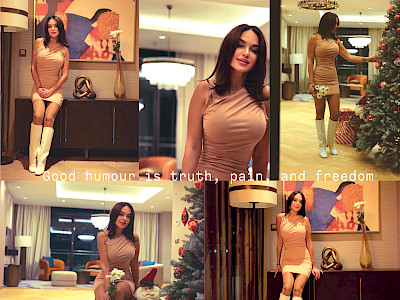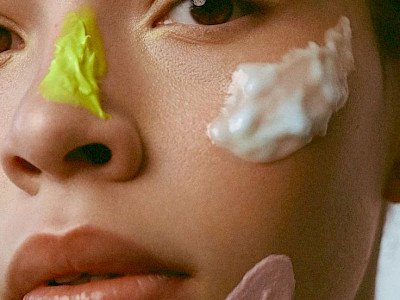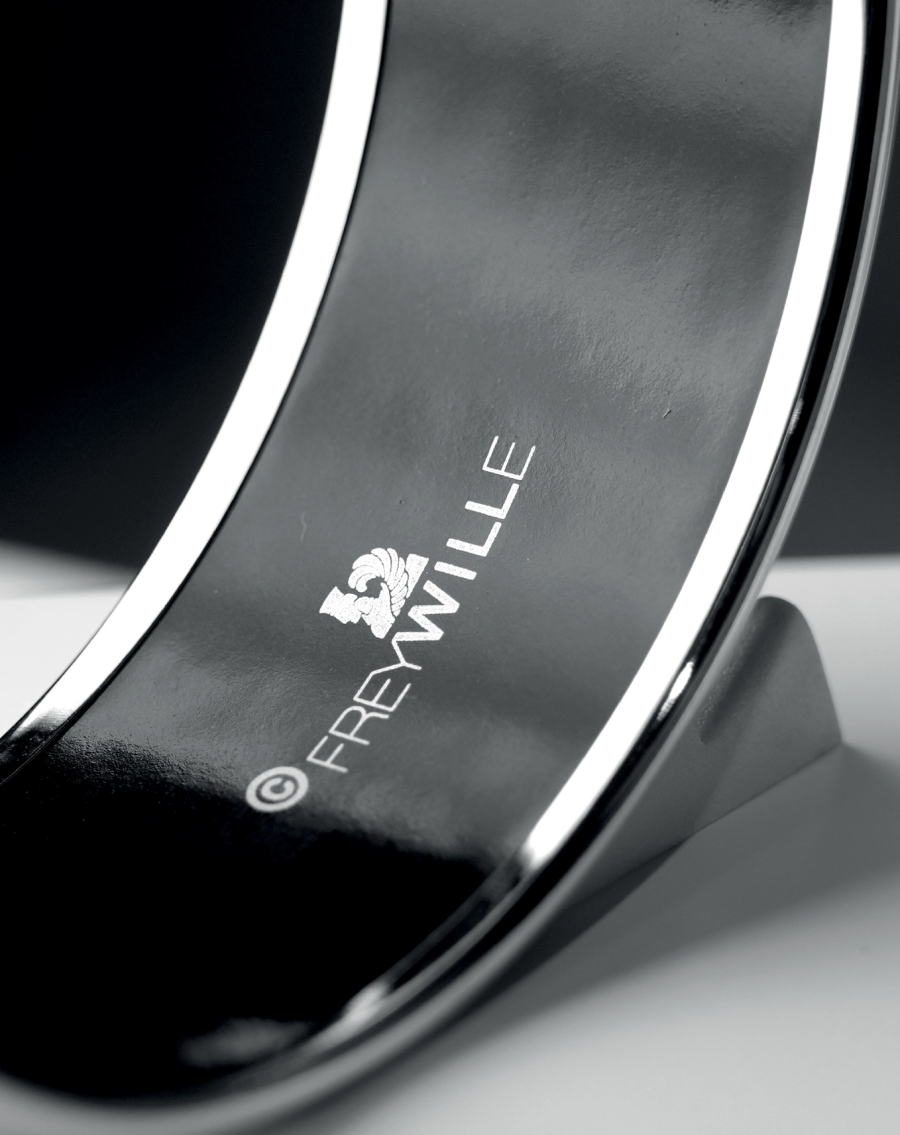
Founded in 1951 and led by Friedrich Wille for over 30 years, FREYWILLE has become synonymous with high-end, artistic jewellery. Their latest collection, Magic Carpet, is a stunning fusion of contemporary art, jewellery technology, and rich cultural history, inspired by the unique patterns of the Garabagh-Varni flat carpet. The collection features stylised dragon motifs, symbolising protection, abundance, and prosperity, believed to ward off evil forces.
Throughout its history, FREYWILLE has collaborated with prestigious institutions like Fondation Monet, the Victoria and Albert Museum, creating collections based on the works of legendary artists such as Gustav Klimt, Vincent van Gogh, and Alfons Mucha. For the first time, the brand has partnered with the Azerbaijan National Carpet Museum, bringing the intricate beauty of carpet design into the world of jewellery.
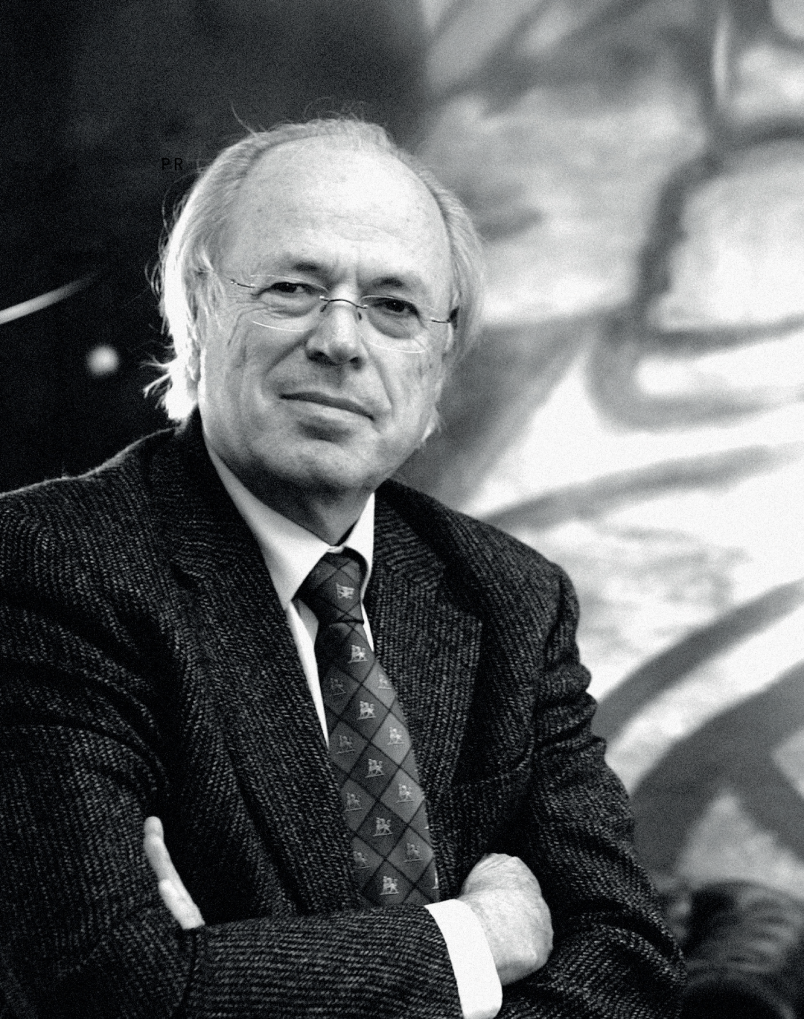
In this interview for NARGIS Magazine, we speak with the company’s CEO, Friedrich Wille about the “Magic Carpet” collection, a tribute to Azerbaijan’s rich history, and explore how iconic symbols like the intricate Karabakh carpets have been beautifully transformed into wearable art.
"The Karabakh patterns are a perfect example of these cultural expressions, fitting seamlessly into our vision of luxury and contemporary design."
In recent years, there has been a growing appreciation for traditional crafts. Do you see this trend as an opportunity for modern brands like FREYWILLE to reconnect with cultural roots?
Absolutely. However, it’s not just the interest in traditional crafts that’s increasing – there’s also a heightened demand for art in general. With the constant political, economic, and social problems surrounding us, art plays a crucial role in helping us find balance and meaning.
Your “Magic Carpet” collection draws inspiration from the intricate patterns of Karabakh carpets.What made you choose this specific cultural heritage?
We wanted to create an artistic collection that honours Azerbaijan and its ancient culture. The Karabakh carpets caught our attention, particularly due to their profound connection to the belief in the protective power of the “good dragon,” a traditional symbol of safety and strength.
How did you approach translating such a deeply cultural element into a modern jewellery collection while preserving its authenticity?
We took great care in studying Azerbaijan’s history, customs, religion, and overall cultural world. The carpets provided a perfect insight into this rich heritage, offering us a true reflection of the culture.
What role do you think cultural exchanges play in the design process? How has the intersection of European and Azerbaijani cultures influenced this particular collection?
Cultural exchanges are essential in enriching the design process, offering new perspectives and artistic inspirations. We fully recognise the Karabakh carpets as creations of the Azerbaijani people, though they are also influenced by broader Asian cultures. For example, the “good dragon” symbol, which represents protection, is a key motif that unites many Asian cultures. European influences, however, didn’t have a significant impact on these designs.
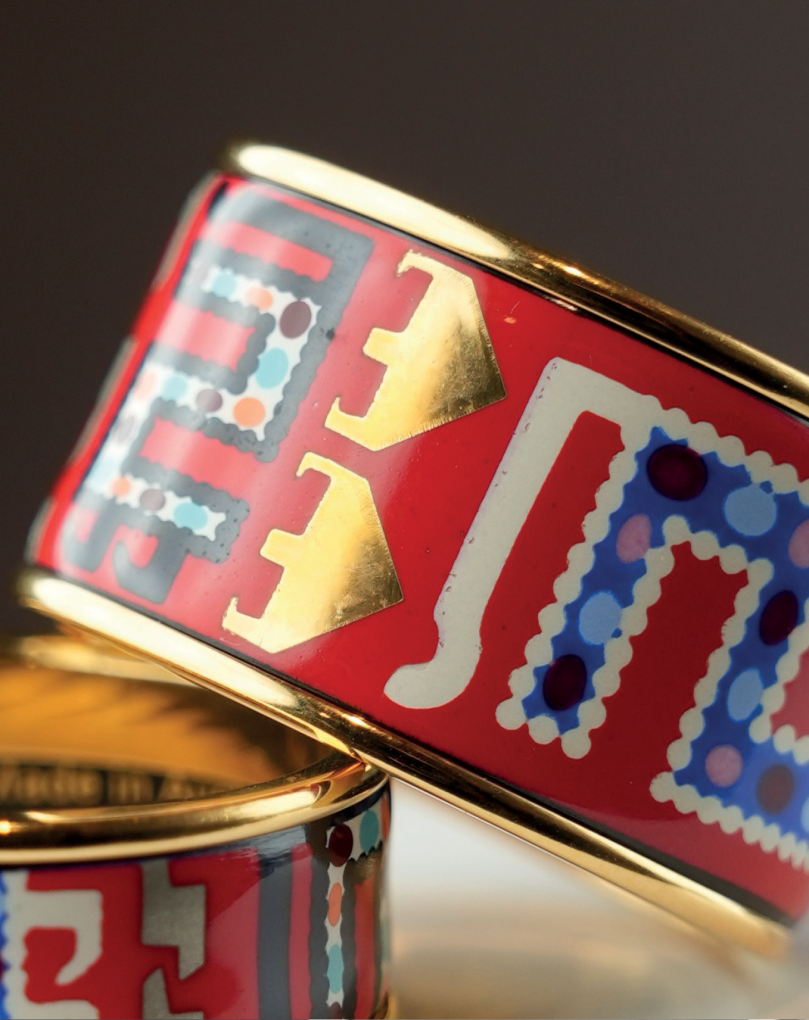 |
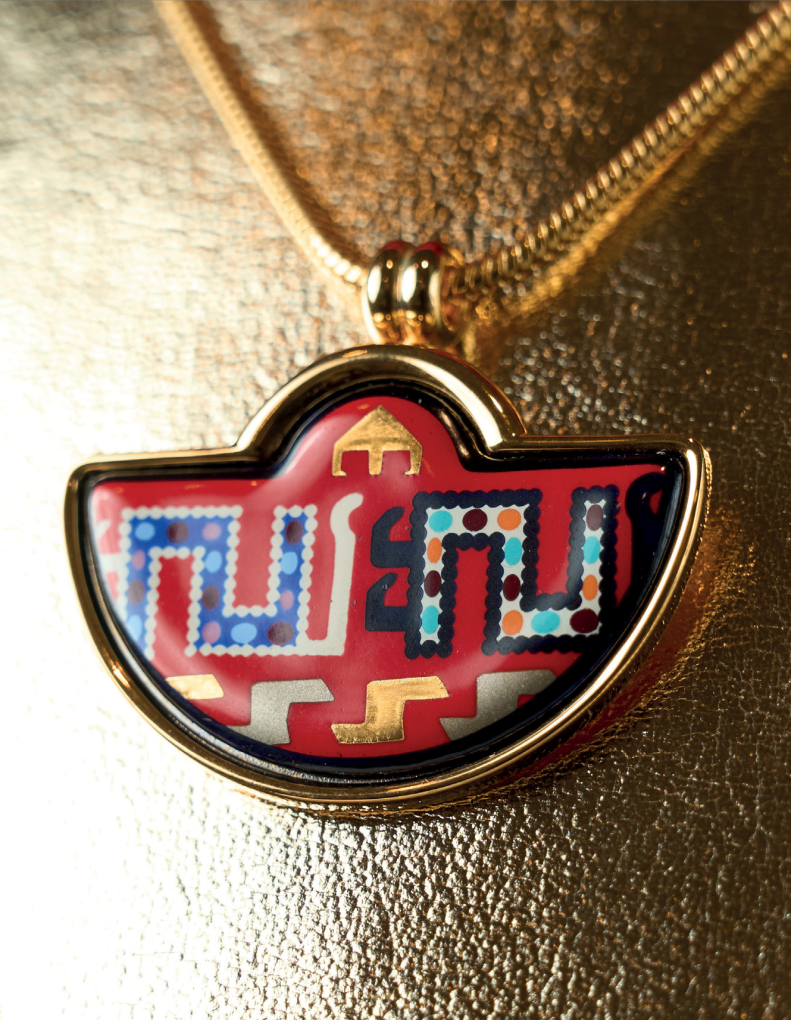 |
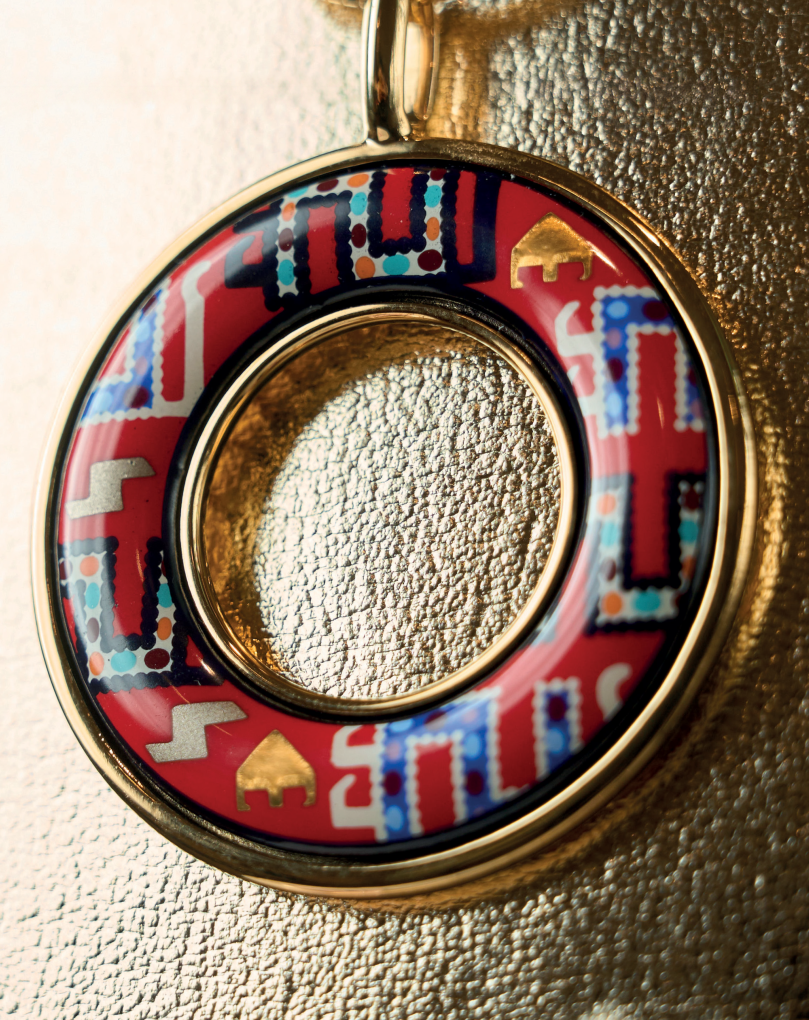
The colours and geometric patterns of Karabakh carpets are often seen as a representation of the region’s history. How do you see these elements interacting with the overall concept of FREYWILLE’s luxury and contemporary design?
At FREYWILLE, we have always drawn inspiration from antique cultures, such as Ptolemaic Egypt, as well as the rich folkloric traditions of various nations. The Karabakh patterns are a perfect example of these cultural expressions, fitting seamlessly into our vision of luxury and contemporary design.
What do you believe is the power of integrating historical artistry into modern design, especially in the luxury sector?
People. The educated ones have a natural interest in history, particularly their cultural heritage. To adorn a woman with modern jewellery that recalls important moments from the past is a special appeal, making the piece both meaningful and visually captivating.
How do you anticipate the “Magic Carpet” collection resonating with your global audience, and do you see it as a bridge between cultures or a unique piece of storytelling?
We believe the “Magic Carpet” collection will resonate with audiences worldwide as both a cultural bridge and a compelling storytelling piece. This collection reflects the image of the “good dragon,” a symbol of protection against evil. This figure is common across many parts of Asia, where the dragon is seen as a positive force. With this collection, Azerbaijan introduces the concept of the “dragon” as their protector, their “best friend against evil.”
Looking at the future of FREYWILLE, are there any other cultural or artistic traditions you are particularly eager to explore in your upcoming collections?
Absolutely. In the future, we plan to explore more cultures, intending to create homages that celebrate their artistic traditions. Our goal is to transform these cultural elements into decorative works of art that will beautifully enhance every woman who wears them.
